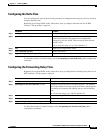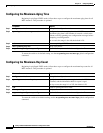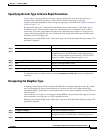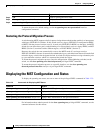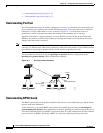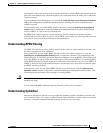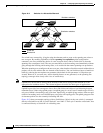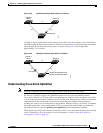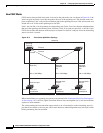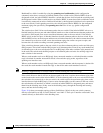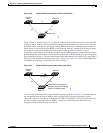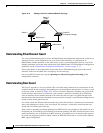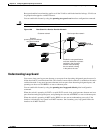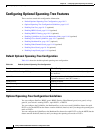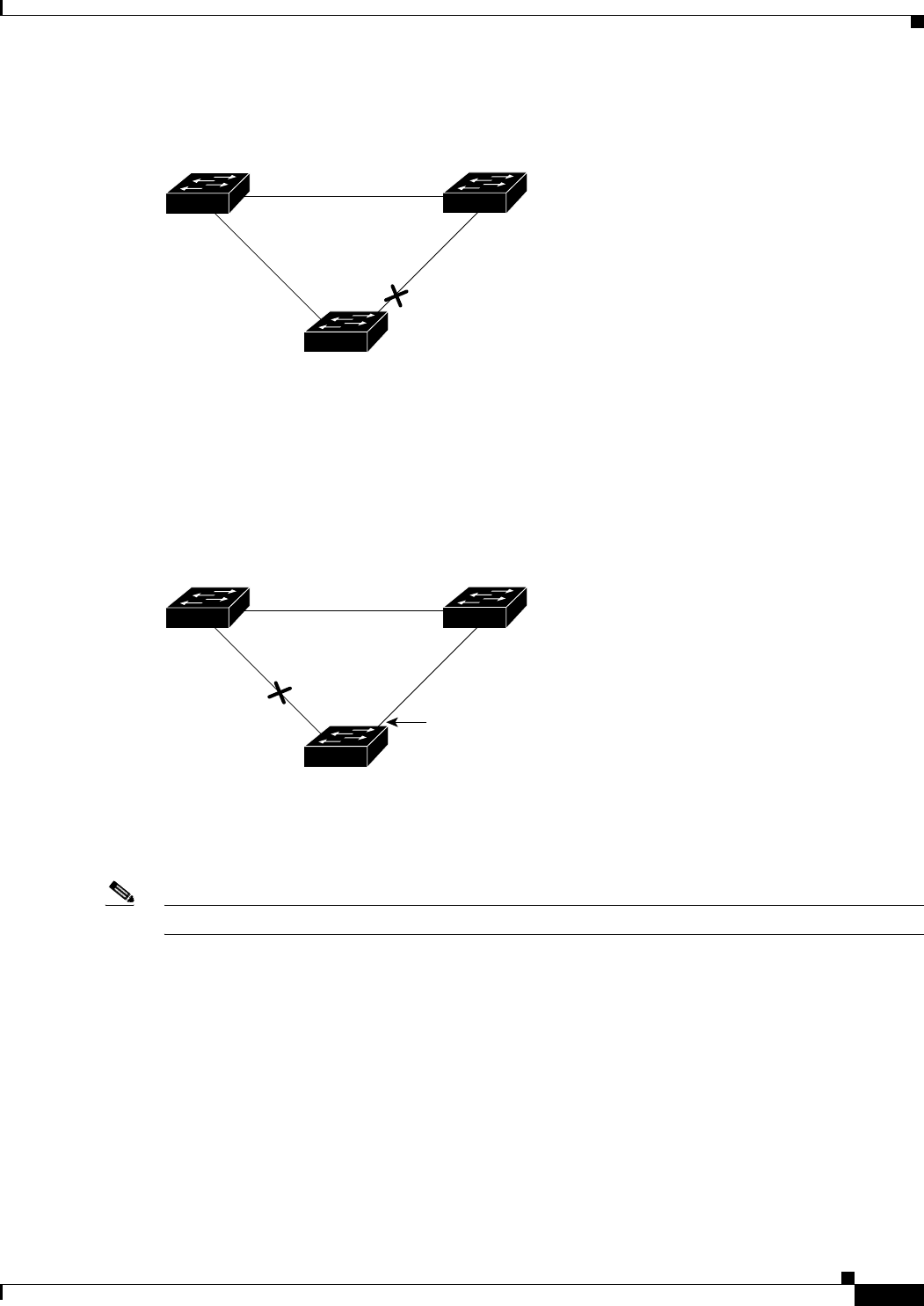
18-5
Catalyst 2960 and 2960-S Switch Software Configuration Guide
OL-8603-09
Chapter 18 Configuring Optional Spanning-Tree Features
Understanding Optional Spanning-Tree Features
Figure 18-3 UplinkFast Example Before Direct Link Failure
If Switch C detects a link failure on the currently active link L2 on the root port (a direct link failure),
UplinkFast unblocks the blocked interface on Switch C and transitions it to the forwarding state without
going through the listening and learning states, as shown in Figure 18-4. This change takes
approximately 1 to 5 seconds.
Figure 18-4 UplinkFast Example After Direct Link Failure
Understanding Cross-Stack UplinkFast
Note Stacking is supported only on Catalyst 2960-S switches running the LAN base image.
For Catalyst 37502975 switches, the UplinkFast feature is the cross-stack UplinkFast feature.
Cross-stack UplinkFast (CSUF) provides a fast spanning-tree transition (fast convergence in less than
1 second under normal network conditions) across a switch stack. During the fast transition, an alternate
redundant link on the switch stack is placed in the forwarding state without causing temporary
spanning-tree loops or loss of connectivity to the backbone. With this feature, you can have a redundant
and resilient network in some configurations. CSUF is automatically enabled when you enable the
UplinkFast feature by using the spanning-tree uplinkfast global configuration command.
CSUF might not provide a fast transition all the time; in these cases, the normal spanning-tree transition
occurs, completing in 30 to 40 seconds. For more information, see the “Events that Cause Fast
Convergence” section on page 18-7.
L1
L2 L3
Switch C
Switch A
(Root)
Switch B
Blocked port
43575
L1
L2 L3
Switch C
Switch A
(Root)
Switch B
UplinkFast transitions port
directly to forwarding state.
Link failure
43576



